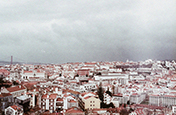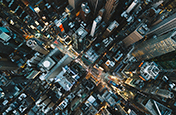What is dynamic range?
Dynamic range describes the ratio between the brightest and darkest parts of an image, from pure black to brightest white. The best digital cameras capture only half as much range as the human eye.
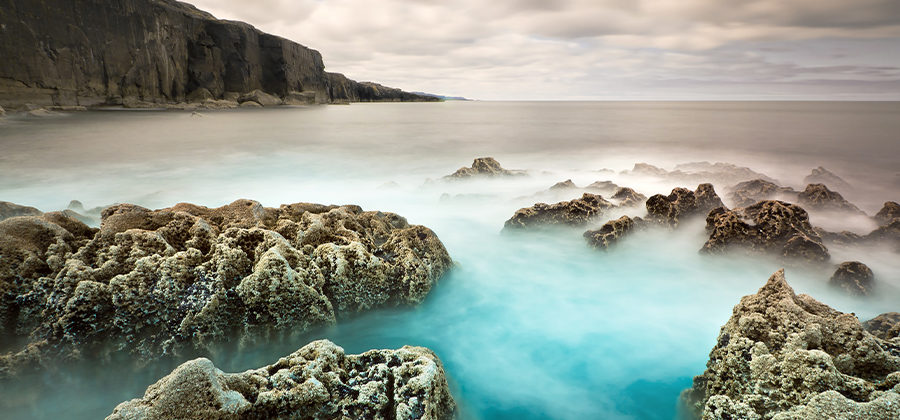
Explore the dynamic range of your camera.
Finding the right balance between light and dark will lead to better images, so test your camera’s limits. Try to capture highlights and shadow detail in various lighting conditions. Use the luminosity histogram, which you can view on your camera’s LCD, to help. It graphs the pixels you’re capturing at each intensity level. If the graph has spikes on the left or right and a valley in the middle, the image exceeds the dynamic range of your camera.
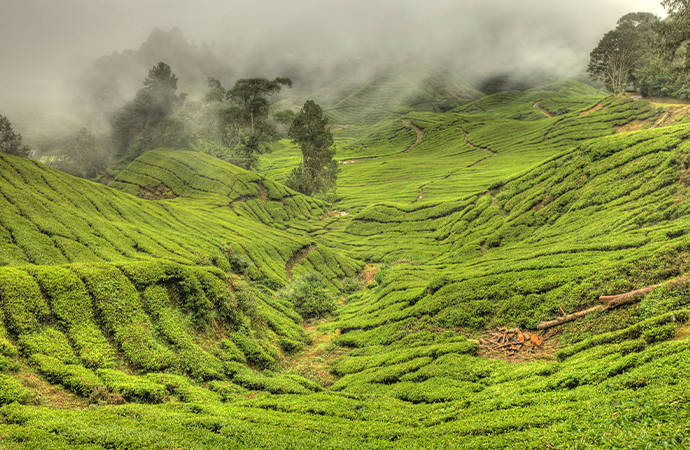
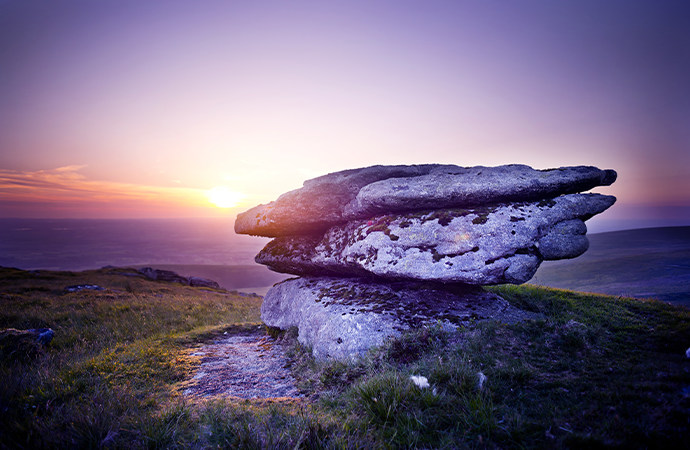
Stretch your camera’s dynamic range with High Dynamic Range photography.
HDR photography involves taking multiple exposures of the same image while adjusting the f-stop on your camera. (The f-stop regulates the amount of light that passes through your lens.) It’s best to use a tripod so that the image composition is identical in each shot. Take a photo with your f-stop at a normal setting, then take one underexposed by one or more stops and one overexposed by one or more stops.
Discover how to capture HDR images.
Learn how much to vary your f-stop, how many exposures to use and how to merge to HDR.

Merge multiple exposures with this step-by-step tutorial.
See how to use the HDR tool in Adobe Photoshop Lightroom to combine multiple exposures.
Try focus stacking in Adobe Photoshop.
Explore how taking multiple exposures allows you to switch your focus from one object to another, sharpening every element in the photo.
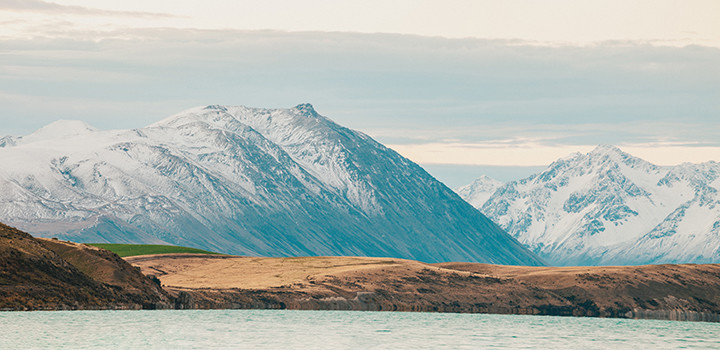
Shoot in a raw file format.
The pixels in modern cameras’ image sensors can capture a wide range of light, but if you shoot in a format like .wmv or .avi that results in compression, you may lose a lot of that dynamic range. “If you’re shooting raw, you have a ton of information in that image,” Duchesneau says. “When you pull it into the computer, you can get back a lot of the image that you could see with your eye.”
Post-processing is your friend.
Tools abound to help you to get the images you want after you’re done shooting. As for adjusting the dynamic range of your video in post-production, you can learn to do your own colour correction and balancing with tutorials and experimentation.
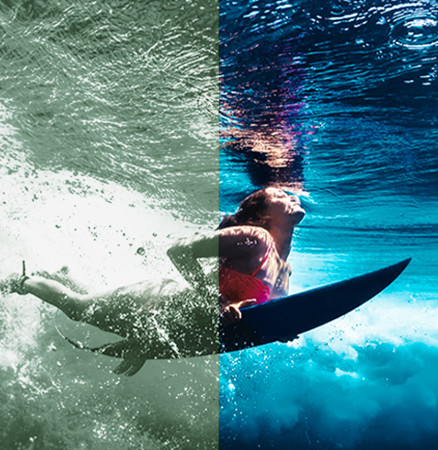
See how to set up a colour workspace, then learn how to do colour correction, apply different looks and use the Curve tool to make colour and brightness adjustments.

See how to improve contrast and brightness in still images.
Watch this video to learn how to use Levels in Photoshop.
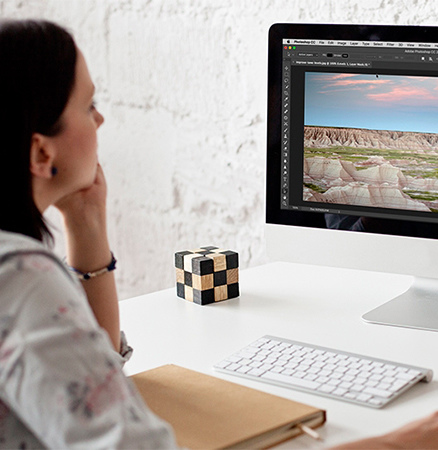
Learn how to make your video look like film.
Discover the Lumetri Colour panel and Scopes and see how they can help you to adjust your footage.
Remember that great images usually begin with good lighting. “It all starts on the front end,” Jensen says. “There are colorists who can save a bad bit of footage, but it’s a lot easier to give a colorist a good bit of footage that they can make better.”
How do you know when your lighting is right and when your camera is capturing the range that you want? Continue to practise, experiment and learn from your mistakes to improve your skills.
Contributors
Do more with Adobe After Effects.
Create incredible motion graphics, text animation and visual effects.
You might also be interested in…
See how this technique can help bring a stylized and evocative effect to your work.
An introduction to shallow depth of field.
Explore how shallow depth of field can add dimension to your photographs.
Discover ways to select the ideal focal length for any and every photo.
Establishing shots are crucial because they tell us where and often when, the action is happening.
Get Adobe After Effects
Create cinematic visual effects and motion graphics.
7 days free, then NZ$44.51/mo incl. GST.
